Microlino 2.0
The Swiss company Micro Mobility Systems has prepared a new version of the city car Microlino. The previous generation did not seem to meet safety standards and customer requirements.
Microlino got several major updates. The chassis got stamped parts made of steel and aluminum instead of a tubular frame. The suspension is now fully independent. The rear track is extended by 50% for safety and comfort. The asynchronous electric motor is replaced by a synchronous permanent magnet, which is why efficiency has increased by about 15%. The engine develops “significantly greater power” (not specified). Battery type has changed: NMC has supplanted LFP.
In September 2019, Peter Muller, who previously worked at Porsche, BMW and Chery was hired as Microlino’s Technical Director specifically to upgrade the model. However, the market debut of the electric car is delayed not only for this reason. The German Artega company played a role. It bought the Italian company Tazzari, who took over the production of Microlino, and decided to produce a city car without the participation of the Swiss, renaming the model in Karolino (later the name was changed to Karo-Isetta and Karo).
It is clear that Micro Mobility Systems was outraged and sued Artega. The conflic ended in November 2019 with a pre-trial settlement: Micro and Artega agreed that there would be enough space for two bubble cars in the market.
“Microlino 2.0, as we call it internally, will be many times better than the current version. Significantly improved driving performance, ergonomics, maintainability, increased efficiency,” said Merlin Ouboter, one of the creators of the city car.
The interior is a revolution. The steering column is now fixed and is no longer connected to the door. The seat has become more comfortable and ergonomic. All information for the driver is displayed on a digital instrument panel.
Pre-orders for the microcar made more than 17,000 people. They formed the “Microlino community,” which through online polls decides the fate of the model. So, the design was approved by voting. In the future, the “community” will take part in the selection of rims, seat covers and so on.
Microlino production starts in 2021 at the facilities of the Italian company Cecomp. The creators promise that two things will remain unchanged – the range of up to 200 km and the base price of 12,000 euros.
Microlino Lite
The junior model Microlino Lite is the L6e version according to the European classification – its engine power is limited to 6 kW, and the maximum speed is 45 km/h. In some countries this means being able to drive without a driver’s license if you are over 14 years of age.
The model retained the main features of the Microlino, including the front door, lights built into the rear-view mirrors and a small trunk. The LED strip on the front had to be sacrificed in the name of economy.
The Microlino Lite is slated to go into production in 2023 and prices are expected to be “slightly lower” than the Microlino 2.0.
Microlino Spiaggina
Spiaggina, the more powerful version of the EV, belongs to the L7e class and draws inspiration from the classic Fiat 600 Jolly and Citroen Mehari. The manufacturer positions this model as intended for short travels on summer vacations. The car is distinguished by blue and white colors, a canvas roof, and the absence of side and rear windows.
It will be equipped with a 12.5 kW engine with a torque of 89 Nm, which will provide it with a top speed of 90 km/h. Buyers will be offered two variants of the Spiaggina with 10.5 kWh (177 km range) and 14 kWh (230 km) batteries. The price of Spiaggin starts from $14,999.
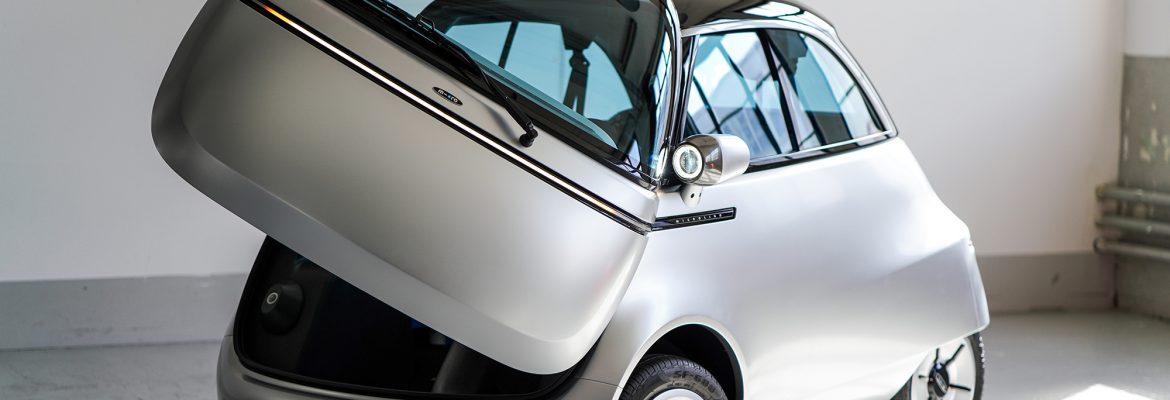
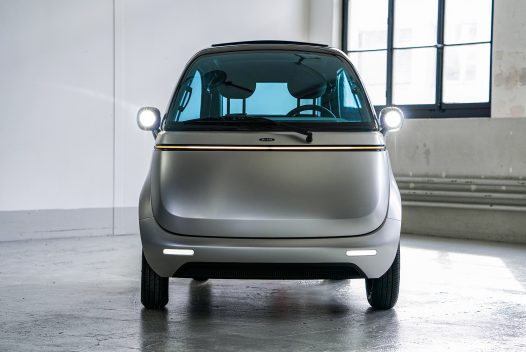
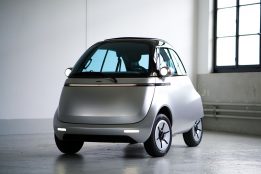
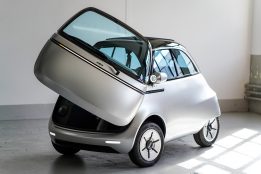
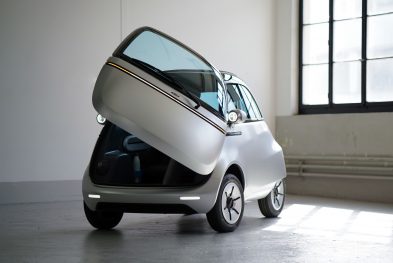
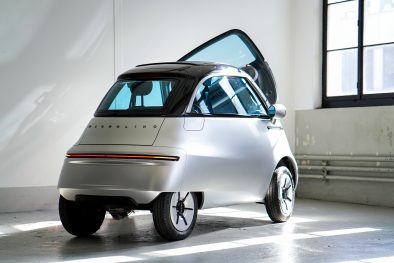
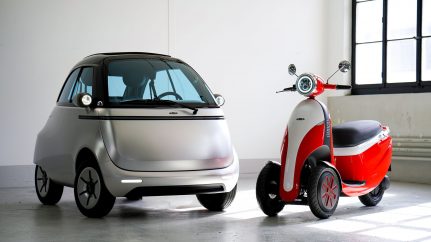
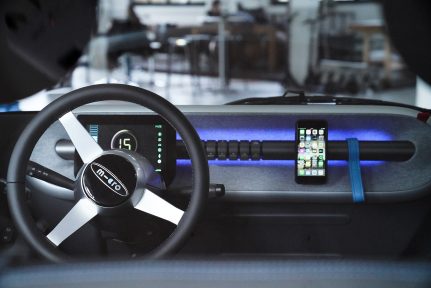
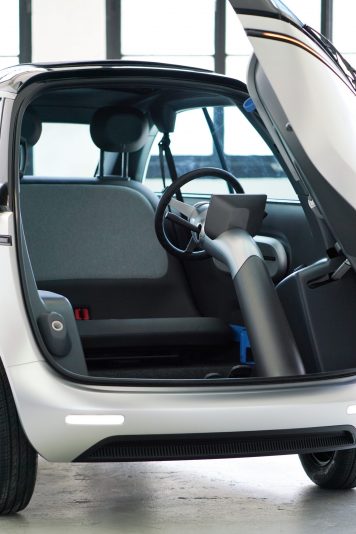
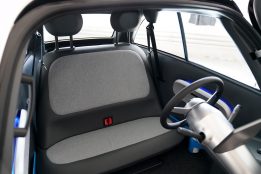
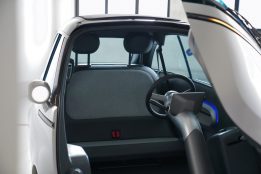
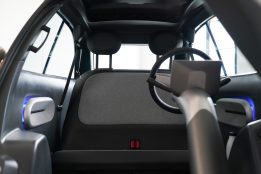
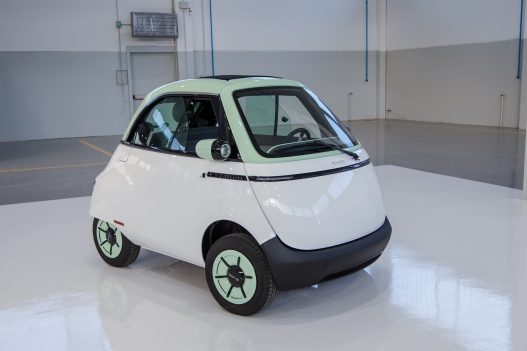
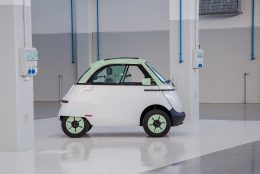
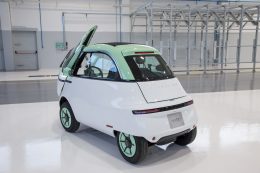
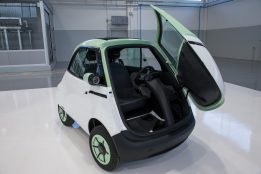
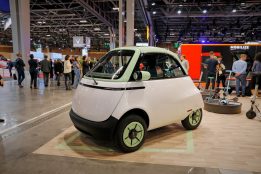
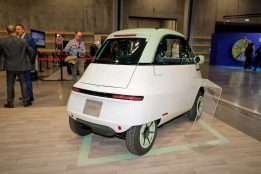
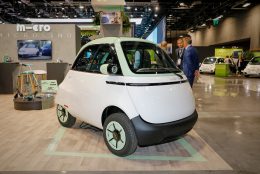
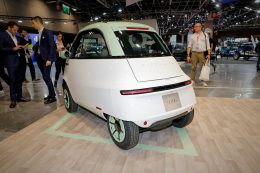
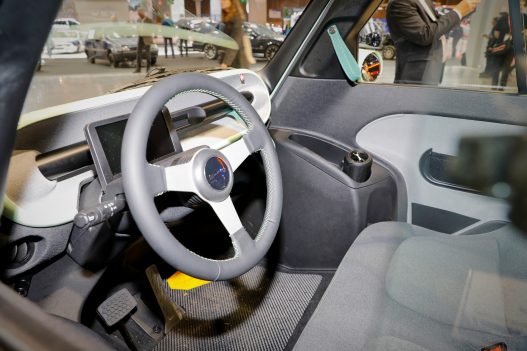
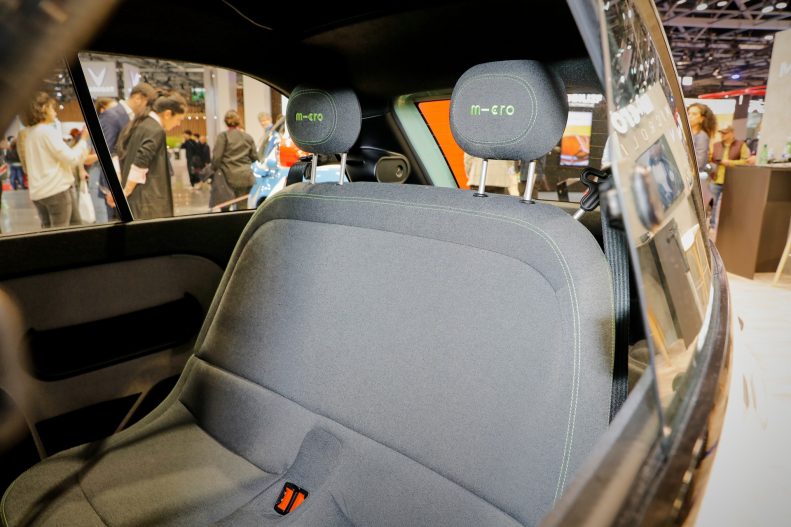
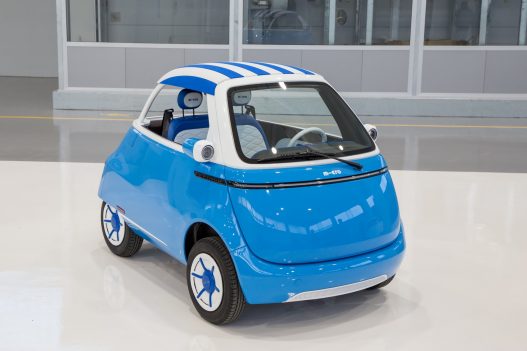
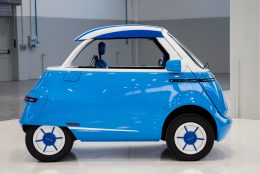
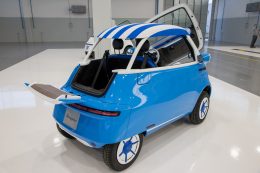
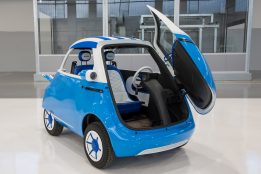
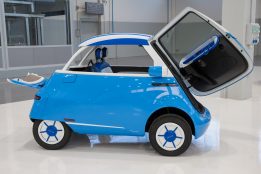
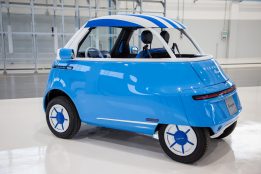
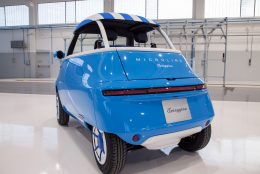
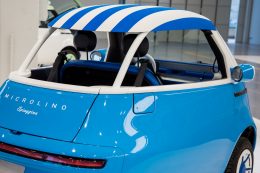
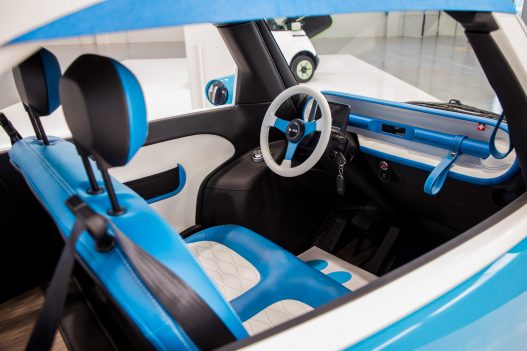
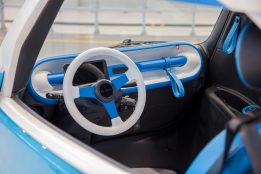
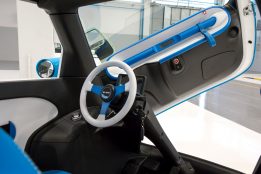
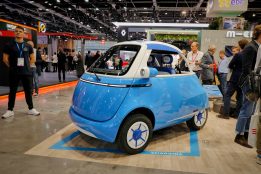
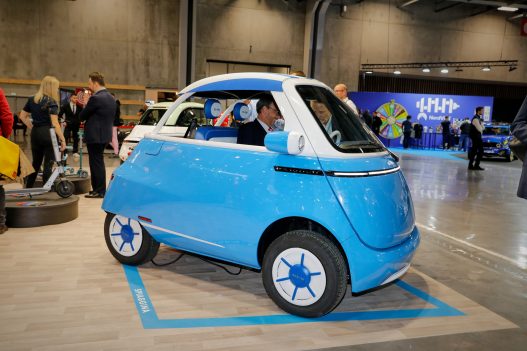
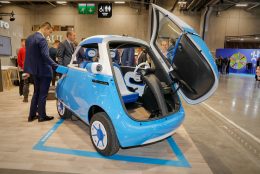
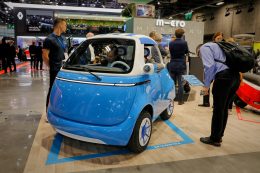
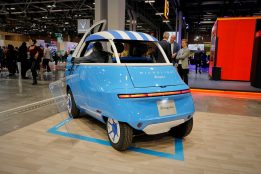
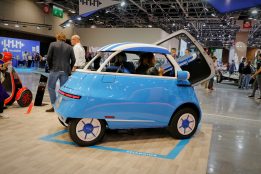
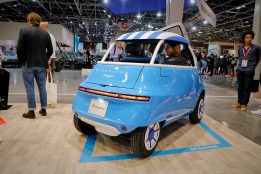
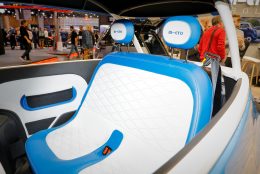
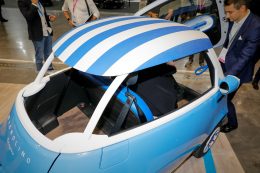
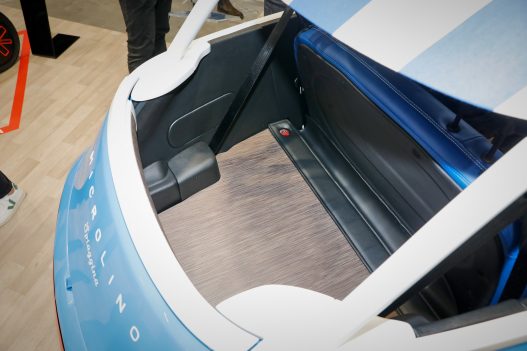
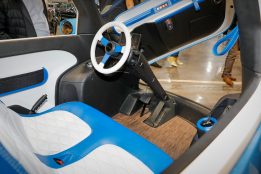
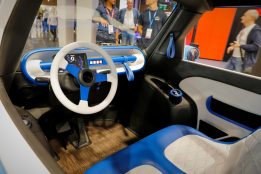
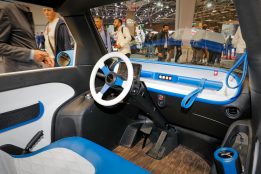
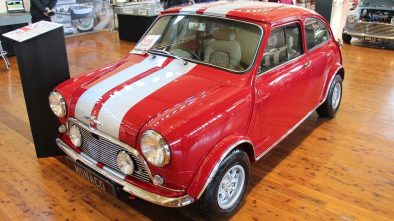
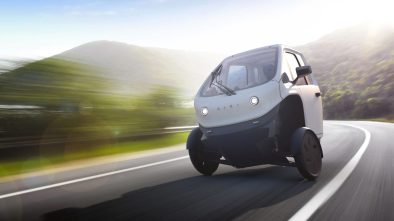
[…] very curious Microlino camper was created by Ozan Kayikci from Turkey. The designer has practically approached the use of […]
[…] you remember the funny car called BMW Isetta? And you’ve probably heard about the Microlino electric car. The Micro Mobility Systems team is so unhurriedly moving towards the mass production […]
[…] startup Micro Mobility Systems has announced the release of the first thousand Microlino electric city cars. Production of the model began in June last year at the plant in […]